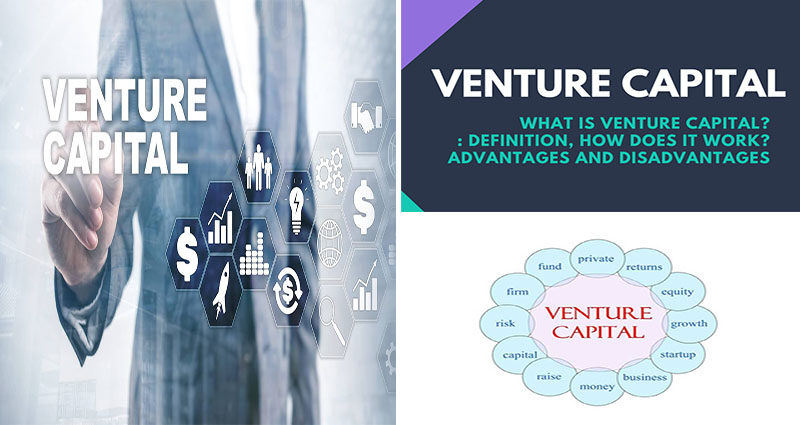A Comprehensive Guide to the Regulations of Venture Capital Funds
A comprehensive guide to the regulation of venture capital funds is necessary to ensure that the firms that invest in them meet the highest standards of investment quality. This article will cover the SBA’s new program aimed at attracting and supplementing private venture capital. It will also discuss the sectoral restrictions for venture capital funds as well as the flexible nature of their investment decisions. Read on to discover the latest information on venture capital fund regulations. And don’t forget to share your thoughts and experiences.
SBA program to attract and supplement private capital for venture capital funds
The SBIC Program is an SBA initiative designed to attract and supplement private venture capital funds. Many small companies need additional capital for their ventures that is either not available from private investors or greater than the minimum requirements required by private venture capital funds. By providing a source of financing, SBA can help small businesses achieve the goals of the private venture capital funds. This new program was created in response to a Federal Reserve study.
Applicants may be eligible for a conditional SBA grant if they meet certain eligibility requirements. The SBA reserves the right to require independent third party substantiation of their valuation. If the application is successful, the SBA may extend the NMVC program to new applicants. The SBA will also evaluate their capital and matching resources. In addition, the SBA will consider whether they operate in low- income areas.
Tax exemptions
The Tax Exemptions for Venture Capital … READ MORE ...














